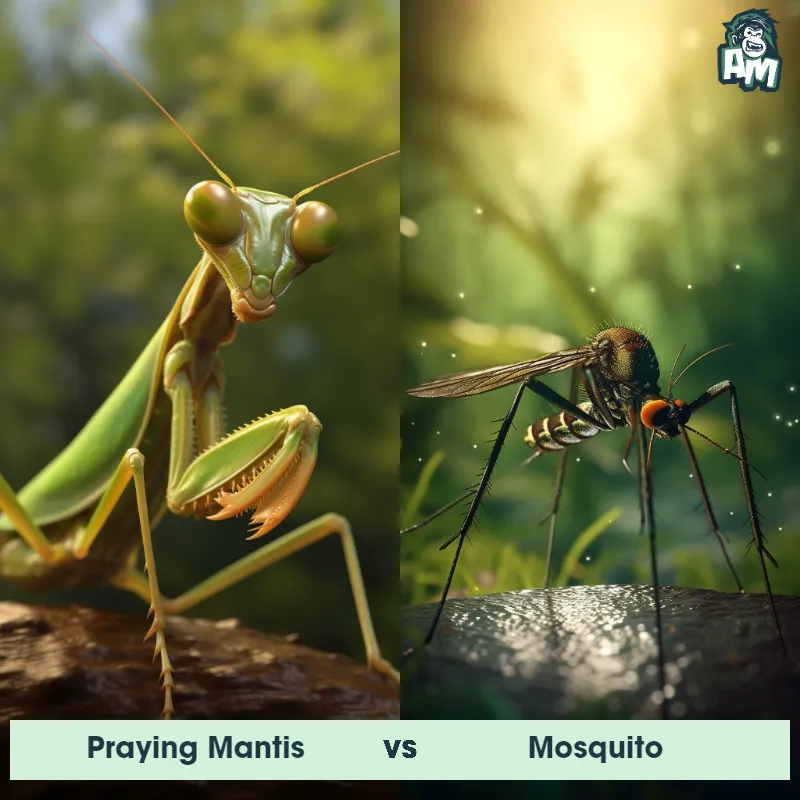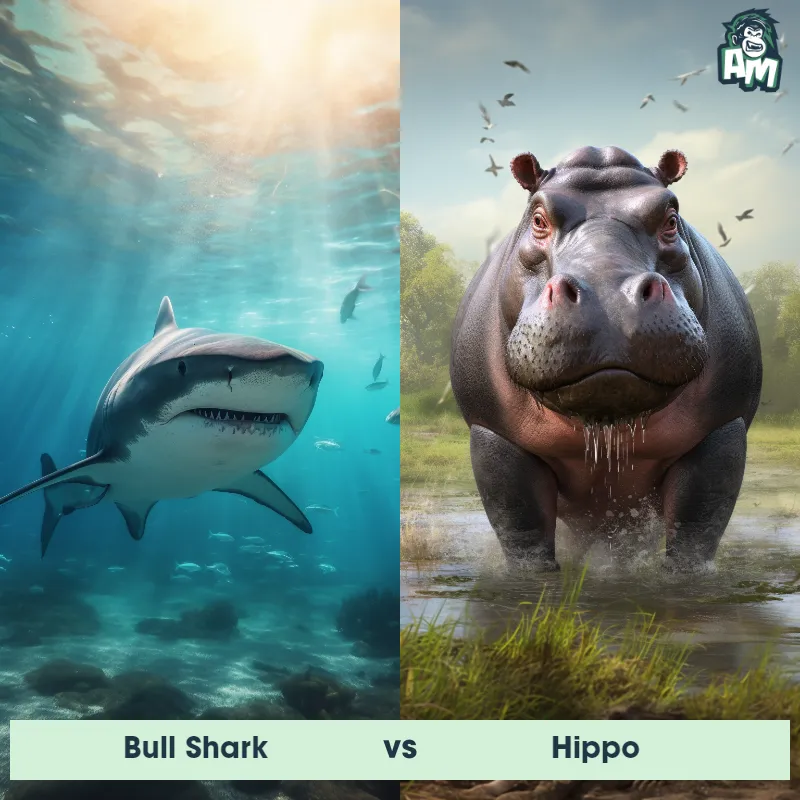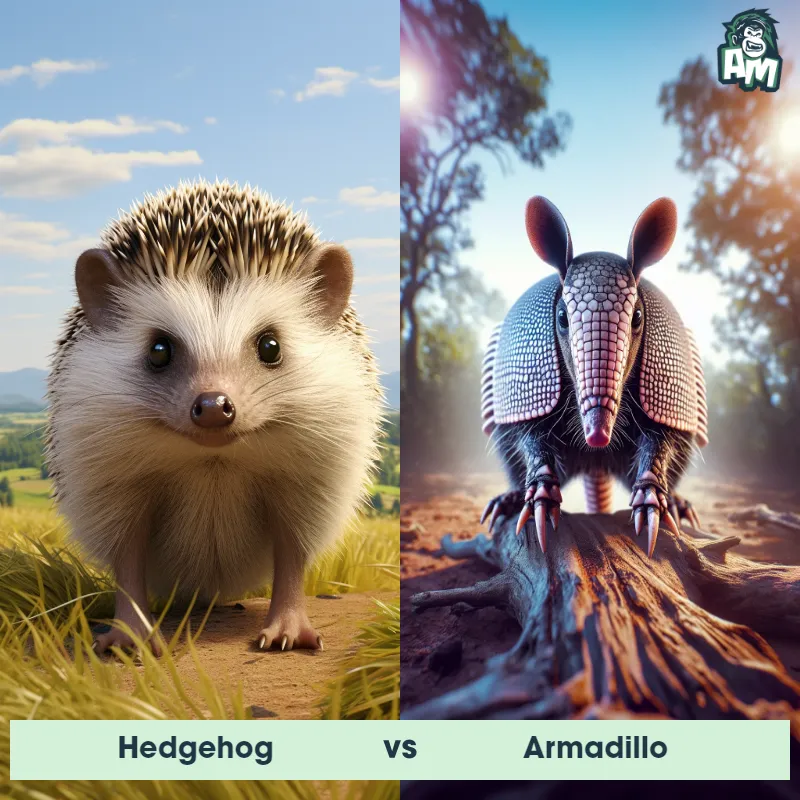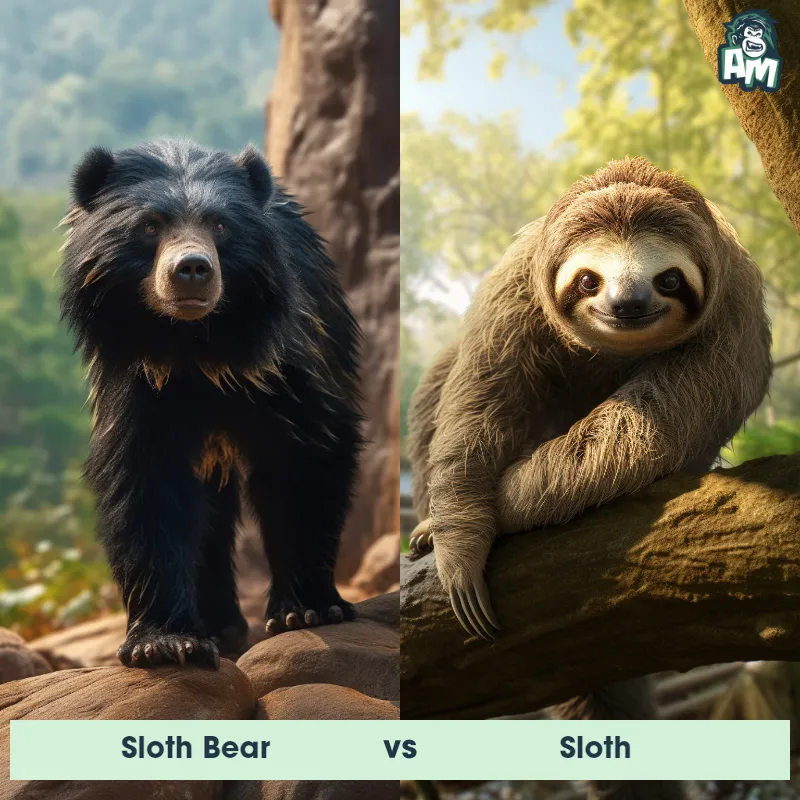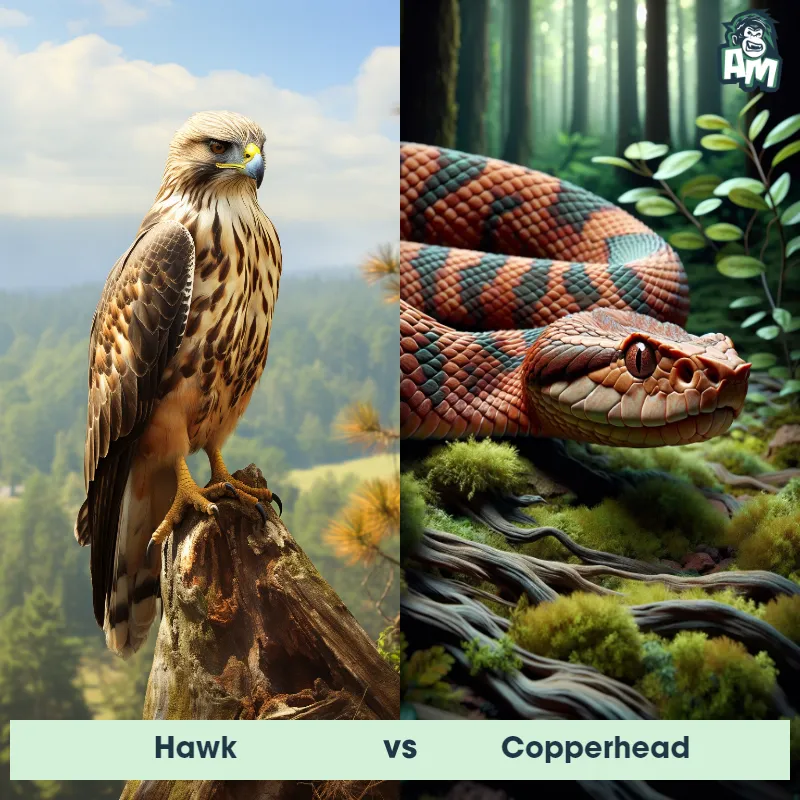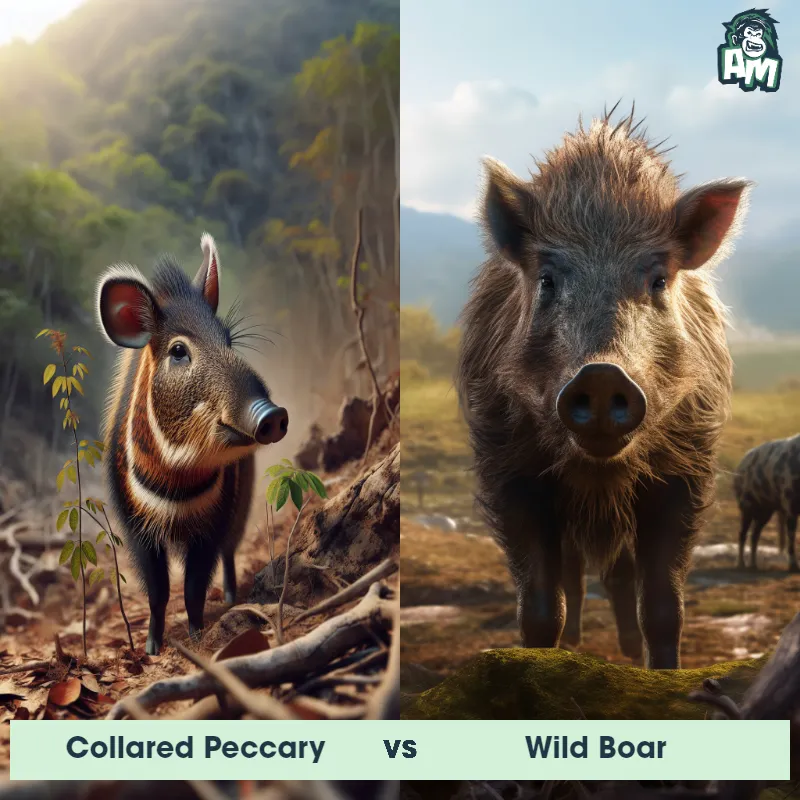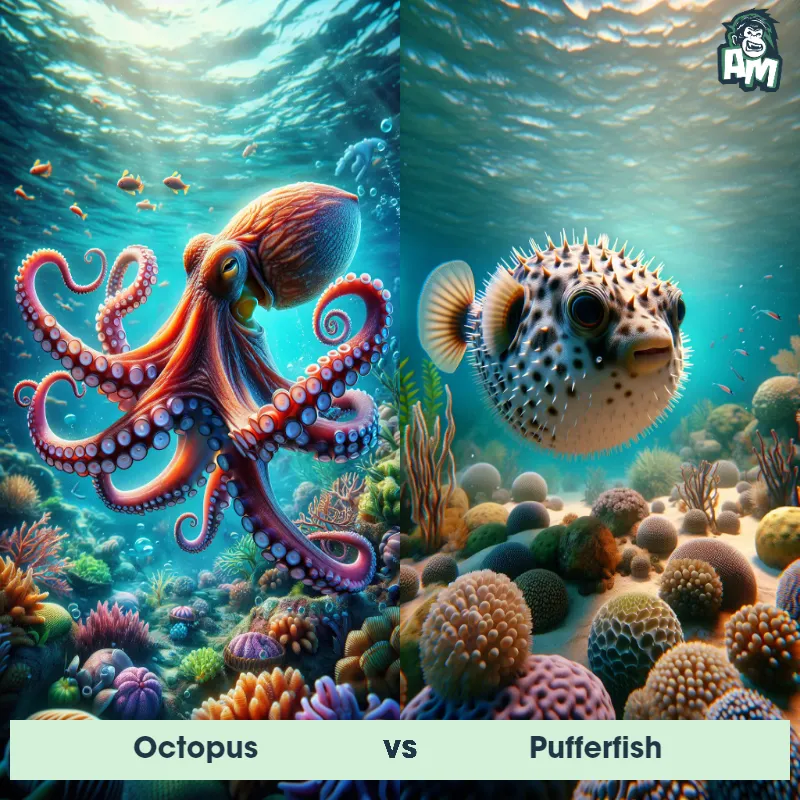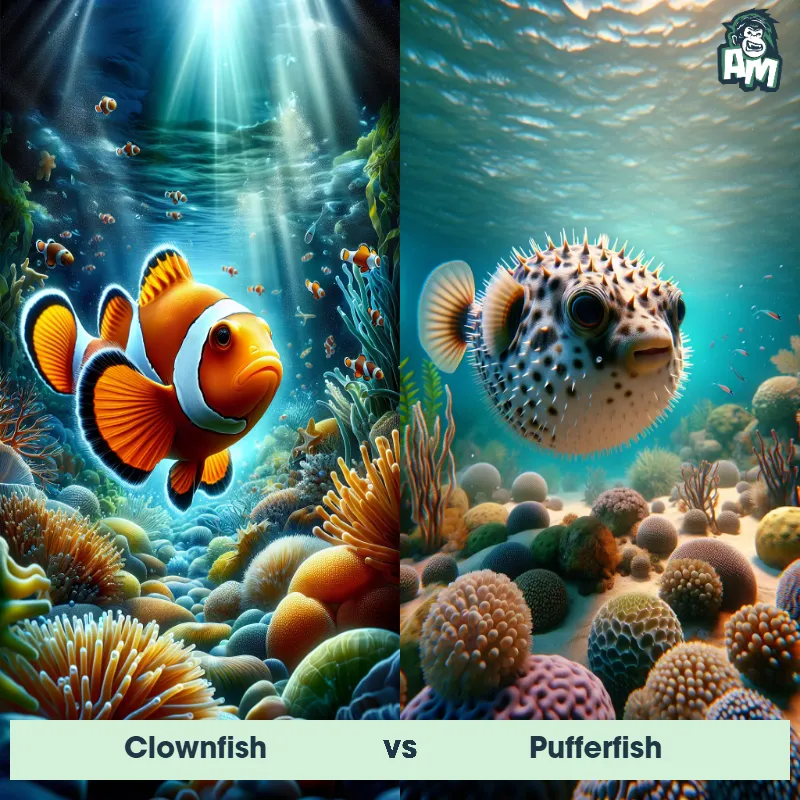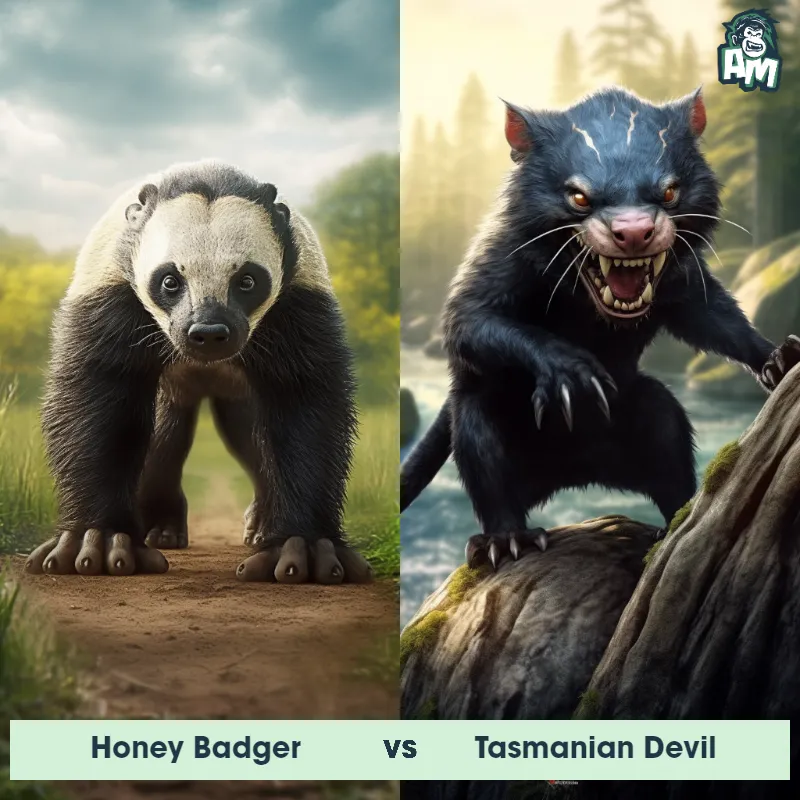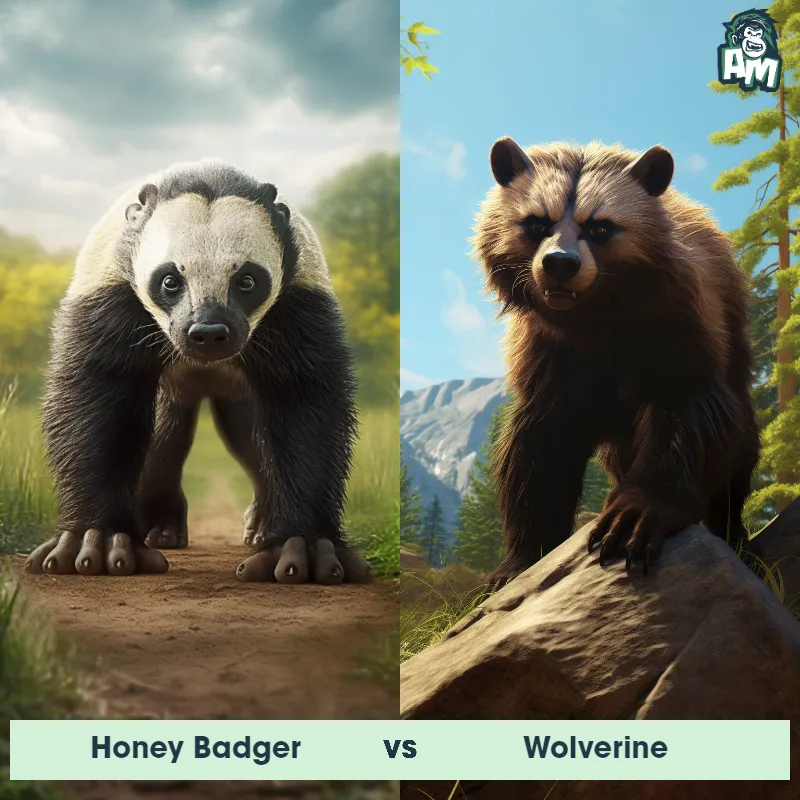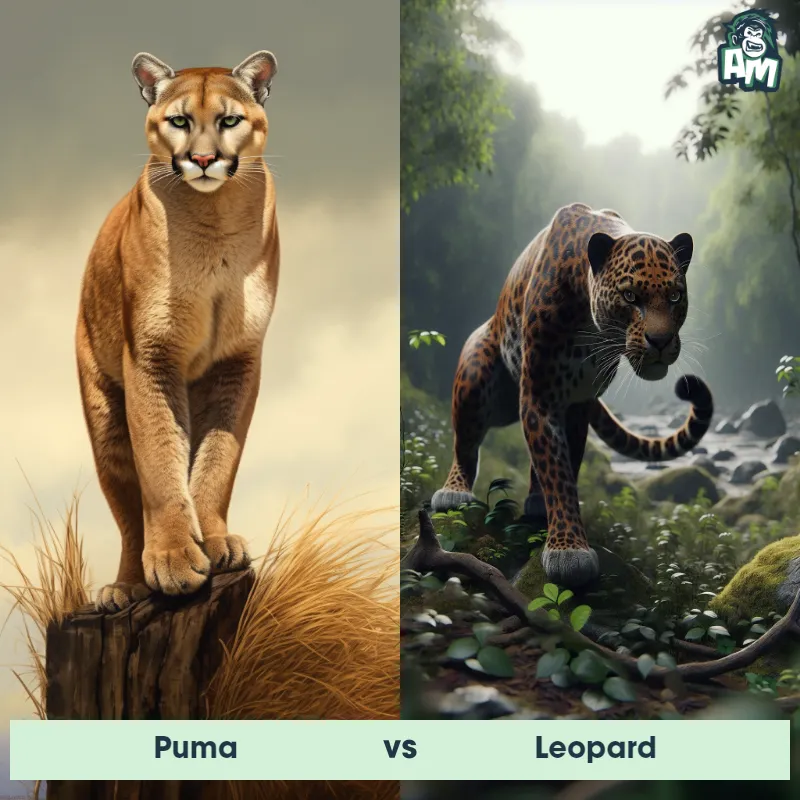Giant Otter vs TigerSee Who Wins

Ladies and gentlemen, welcome to this thrilling matchup between a Giant Otter and a Tiger. Both fierce predators in their own right, this is sure to be an exciting battle between land and water.
Contender 1: Giant Otter
The Giant Otter, also known as the Giant River Otter or the South American Otter, is the largest of all otter species, measuring up to 6 feet in length and weighing up to 70 pounds. They have sleek, dark brown fur with white or cream-colored markings on their throat and chest. Their webbed feet and powerful tail make them excellent swimmers, and they are known for their ability to catch fish with their sharp teeth and strong jaws.
Fun Fact: Giant otters, known as the “river wolves” of South America, can grow up to 6 feet long — and they make loud, chirpy calls to keep in touch with their family while hunting piranhas!
Contender 2: Tiger
The Tiger is a large and powerful big cat, known for its distinct orange coat patterned with black stripes, which are unique to each individual, much like a human fingerprint. Tigers have a muscular build, a heavy head with strong jaws, and a tail that is usually about half the length of their body. The largest species of the cat family, adult male tigers can reach up to 10 feet in length and weigh up to 660 pounds. Tigers are native to various parts of Asia and are adept swimmers, unlike most members of the cat family.
Fun Fact: Tigers are apex predators and primarily consume larger mammals for food, including deer and wild boar; a hungry tiger can eat as much as 60 pounds in one night.
Matchup Stats
| Giant Otter | Tiger | |
|---|---|---|
| Size | Up to 6 feet (1.8 meters) in length | Up to 10 feet in length (3.05 meters) |
| Weight | Up to 70 pounds (32 kilograms) | Up to 660 pounds (300 kilograms) |
| Speed | Speed: 22 mph (35 km/hr) | 35-40mph (56-64km/h) |
| Key Strength | Powerful jaws and sharp teeth | Strong jaws and muscular build |
| Biggest Weakness | Vulnerable to attacks on land | Limited endurance for long chases |
Current Votes
Giant Otter vs Tiger
See Who Wins
View More Matches
Looking For More?
Similar Matches
Scientific Stats
| Giant Otter | Tiger | |
|---|---|---|
| Scientific Name | Pteronura brasiliensis | Panthera tigris |
| Family | Mustelidae | Felidae |
| Habitat | Freshwater rivers, lakes, and swamps | Forests, grasslands, and swamps |
| Geography | South America, specifically the Amazon, Orinoco, and La Plata river systems | Asia |
| Diet | Fish, crustaceans, and small mammals | Carnivorous, primarily deer and wild boar |
| Lifespan | 8 years - 10 years | 15 years - 26 years |
Key Differences between Giant Otter and Tiger
- Habitat: Giant Otters are found in freshwater habitats like rivers and lakes in South America, while Tigers are found in a variety of habitats including forests, grasslands, and mangroves in Asia.
- Color: Giant Otters have a sleek, dark brown fur with a lighter throat and underside, whereas Tigers have orange fur with black stripes.
- Size: The Giant Otter is much smaller than the Tiger, typically weighing around 26-32 kg, while Tigers can weigh up to 300 kg.
- Facial features: Giant Otters have a flat, broad head with small ears and a short, thick neck, while Tigers have a rounded head with prominent whiskers and large, round eyes.
- Tail: Giant Otters have a powerful, muscular tail that helps them swim quickly and navigate in the water, while Tigers have a long, striped tail used for balance and communication.
- Body shape: Giant Otters have a long, slender body with webbed feet for swimming, while Tigers have a more robust, muscular build for hunting.




